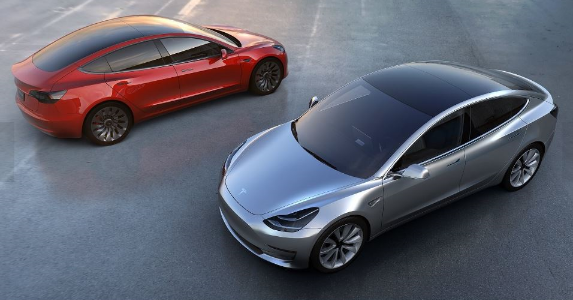Carbon fiber wheels are awesome, but they there are extremely few production cars that can be found with them.
Carbon fiber wheels help reduce unsprung mass overall weight, which is important in making cars move quicker. Unfortunately, carbon fiber is still pretty expensive material to produce, which is largely why you don’t yet see them on many production cars.
Even if carbon fiber wheels are available just as an option on the Model 3, that would show how dedicated Tesla is to weight-reduction, speed, and performance, and help set it apart from the other small luxury sedans it will be competing against.
Model 3 production is scheduled to begin in late 2017. When production begins, Tesla Motors will begin deliveries in North America starting on the West Coast, moving east. Then the company will begin deliveries in Europe, APAC and right-hand drive markets. It is not possible to ship to all regions simultaneously because regulators in each part of the world have slightly different production requirements.














